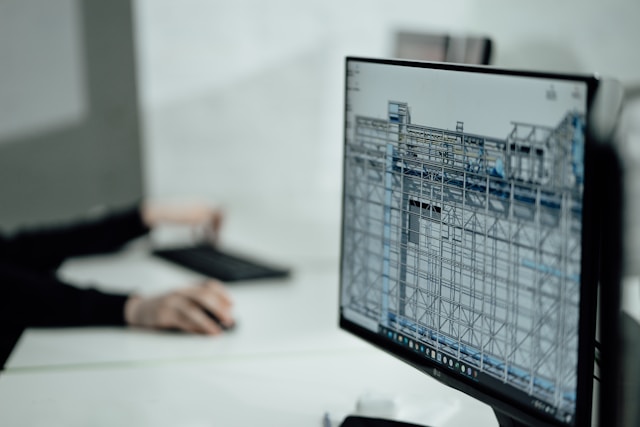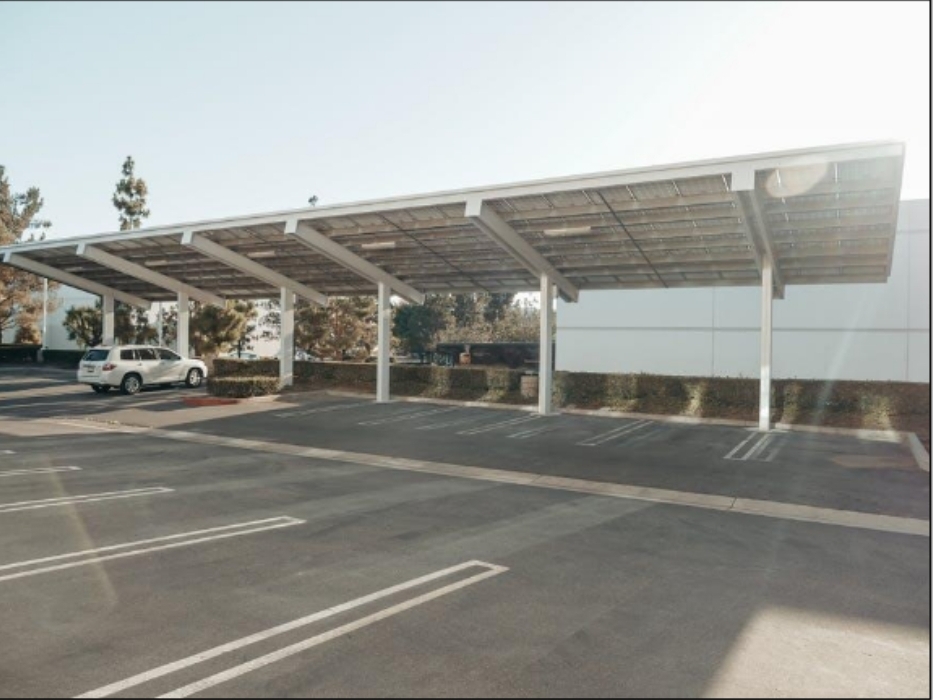Structural BIM and Its Role in Risk Mitigation
In the modern era of architecture, engineering, and construction (AEC), Building Information Modelling (BIM) has emerged as a powerful tool. BIM, particularly Structural BIM, has seen a tremendous surge in popularity, thanks to its ability to streamline workflows, enhance collaboration, and improve outcomes in construction projects. A significant advantage of Structural BIM lies in its ability to mitigate risks in construction projects, thereby increasing efficiency and reducing costs.
Understanding Structural BIM
Structural BIM pertains to the process of creating and managing a digital representation of the physical and functional characteristics of a building’s structurally significant components, including columns, beams, walls, and foundation. This model serves as a shared knowledge resource that supports decision-making about the building from the earliest conceptual stages, through design and construction, to its operational life.
Role of Structural BIM in Risk Mitigation
Risk mitigation in construction projects is crucial to avoid costly and time-consuming issues. Structural BIM contributes to risk mitigation in several ways:
1. Enhanced Visualization: BIM provides 3D visualization of the structure, allowing stakeholders to understand the project better. It facilitates the detection and resolution of potential design conflicts and errors before the construction phase. For example, structural BIM services can highlight if a plumbing line interferes with a structural beam, allowing for necessary adjustments in the design stage itself.
2. Improved Coordination: Structural BIM improves coordination between architects, engineers, and contractors, reducing the risk of miscommunication and errors. All stakeholders can access and work on the same model, ensuring everyone is on the same page regarding the design and construction plans.
3. Accurate Quantity Take-offs: BIM enables accurate quantity take-offs, reducing the risk of wastage or shortage of materials. It allows for precise estimation of the quantities of concrete, steel, etc., required for the project, helping in efficient resource planning.
4. Risk Analysis: Structural BIM can be used to carry out risk analysis, identifying potential issues and their impact on the project. It can simulate different scenarios, helping in developing effective risk mitigation strategies.
5. Enhanced Documentation: BIM provides comprehensive and accurate documentation of the project, reducing the risk of disputes and legal issues. It records every detail, from design changes to material specifications, ensuring transparency and accountability.
Case Study: Structural BIM for Risk Mitigation
An excellent example of the use of Structural BIM for risk mitigation is the construction of the One World Trade Center in New York. The project team used BIM to manage the complexity of the project and mitigate risks.
The BIM model allowed for enhanced visualization of the structure, enabling the team to identify and resolve design conflicts early on. It facilitated better coordination between all stakeholders, ensuring that everyone had a clear understanding of the project. The model was also used for accurate quantity take-offs, reducing the risk of material wastage or shortages. Moreover, it provided comprehensive documentation of the project, reducing the risk of disputes and legal issues.
The use of Structural BIM in the construction of the One World Trade Center helped in mitigating risks, resulting in significant time and cost savings.
Future of Structural BIM in Risk Mitigation
Looking ahead, the role of Structural BIM in risk mitigation is poised to grow even more significant. With advances in technology, BIM is set to become more intelligent and predictive, further enhancing its ability to mitigate risks. For instance, the integration of BIM with technologies like artificial intelligence and machine learning can enable predictive modeling, allowing for more accurate and early detection of potential risks.
Moreover, the development of BIM Level 3, also known as Open BIM, which allows for full integration of all information in a project, promises to further improve risk mitigation. This level of BIM will enable real-time updates and seamless collaboration between all stakeholders, further reducing the risk of miscommunication and errors.
The Importance of Training and Education in Structural BIM
The benefits of Structural BIM in risk mitigation can only be fully realized with proper training and education. AEC professionals need to be educated about the capabilities of BIM and trained in its use. This includes understanding how to create and interpret BIM models, how to use them for risk analysis and mitigation, and how to leverage them for improved coordination and communication. This is where BIM outsourcing services can come into play, providing expert knowledge and skills to enhance project outcomes.
Training and education in BIM should be a continuous process, keeping pace with the rapid advances in technology. This will ensure that professionals are always equipped with the latest tools and techniques for risk mitigation, thereby enhancing the efficiency and quality of construction projects.
The Conclusion
In conclusion, Structural BIM plays a vital role in risk mitigation in construction projects. It enhances visualization, improves coordination, enables accurate quantity take-offs, facilitates risk analysis, and provides comprehensive documentation. By enabling early detection and resolution of potential issues, it helps in reducing costs, improving efficiency, and enhancing the quality of construction projects. As the AEC industry continues to evolve, the role of Structural BIM in risk mitigation is set to become even more significant.






